Living with Type 1 or Type 2 diabetes
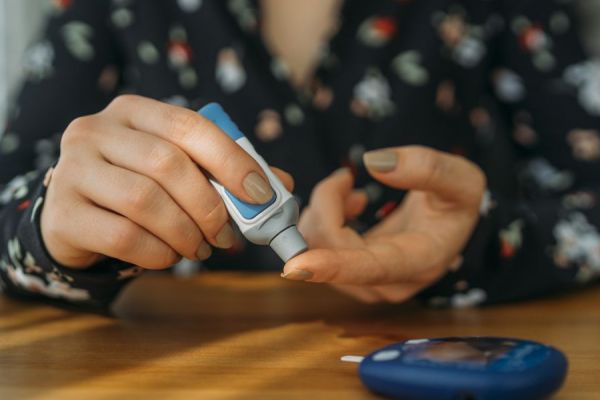
November 14th is World Diabetes Day. Unfortunately, diabetes has been on the rise both in Canada and around the world. Over 3 million people in Canada are living with either Type 1 or Type 2 diabetes.
Do you know the difference? Type 1 diabetes is when the body no longer produces any insulin while type 2 diabetes is when the body is unable to produce enough insulin or when the insulin that is produced does not work properly. Type 1 affects only 10% of the diabetic population while type 2 affects the remaining 90%.
Managing diabetes with exercise

Anyone living with diabetes, whether it’s Type 1 or Type 2, can benefit tremendously from exercise. Regular exercise will help maintain target levels of blood glucose, cholesterol and blood pressure.
Diabetes Canada recommends that people with diabetes engage in aerobic, resistance and balance exercises. More specifically, Diabetes Canada suggests:
- 150 minutes of aerobic exercise per week spread over 3 days, with no more than 2 days in a row without exercise
- Resistance exercises 3 times per week
Aerobic exercise consists of exercises that raise your heart rate such as biking, walking, jogging, swimming or water aerobics. This type of exercise can help lower your blood glucose levels. Anaerobic exercise (short, quick sprints) can also elevate your blood glucose levels without taking any glucose.
Resistance exercises, such as weightlifting, push-ups or sit-ups, are exercises that force your muscles to work repeatedly to overcome an opposing force. If time management is a concern, you should know that just 20 minutes of resistance training twice a week can lead to improvements in body weight and blood sugar levels.
Lastly, balance exercises, such as weight shifts or single-leg balancing, can also have many benefits, including improving your posture, increasing your mobility and reducing back and joint pain.
Monitoring blood glucose

It's important for people living with diabetes to remember to monitor their blood glucose before, during and after exercising.
You can also carry with you fast-acting carbohydrates such as glucose tablets or Life Savers just in case you’re low on blood sugar.
A smartphone app like DiaBits or an activity tracker watch can help you track your steps, minutes of exercise, heart rate intensity and carbohydrates. A continuous glucose monitor (CGM), a tiny sensor that’s placed under the skin, can also be a useful piece of technology that can help you make adjustments before you develop either low or high blood sugar.
If you’re starting to exercise again after being inactive for some time, talk to a healthcare professional before you start any exercise program. You should also make sure to wear shoes that are comfortable and fit you properly.
There are lots of aerobic, resistance and balance exercises you can perform at home. Many of these exercises require minimal equipment and offer maximum benefits. A physiotherapist can help you build an individualized exercise plan that’s right for you and your diabetes.
If you’d like to consult a Lifemark clinician, check out our Locations page to find a clinic near you or book online to schedule an appointment.
Related Articles
Exercise strategies and activities to help you work out at home
Tips to stay safe and prepare for winter activities this year
Supporting our veterans with focused, holistic care
Treating an acute injury? Go for M.E.A.T. over R.I.C.E.
Adjusting to the new normal: the benefits of "hybrid care"
Understanding pelvic organ prolapse and why a pessary can help
Psychotherapy at a distance: Using Virtual Care to support mental health
Special Olympics athletes and the importance of support
Working with Special Olympics athletes as a physiotherapist
The forward fold stretch: the perfect exercise if you work at a desk all day
How my daughter’s Occupational Therapist made a difference
How occupational therapy can help with concussion management
What is vertigo, how did I get it and what can I do about it?
Have you heard of “prehab” for replacement surgeries and how it can help?
How swimmers can prevent and manage shoulder injuries
Paddling Basics: Stay Dry and Injury-Free on the Water
24 hour movement guidelines for children's best health
My New Year resolution: To prevent injuries
Can you get injured raking leaves?
Fore! Get on the green and keep your swing healthy
Know your Pilates - clinical Pilates versus traditional Pilates
3 things every amateur swimmer should start doing to prevent shoulder injury
When your toe won't bend
Let's keep in touch!
SIGN UP TO GET HEALTH AND WELLNESS INFO RIGHT TO YOUR INBOX
Subscribe to receive the latest health and wellness news and information in your inbox every month.
By subscribing you agree to our privacy policy. You can unsubscribe at any time.


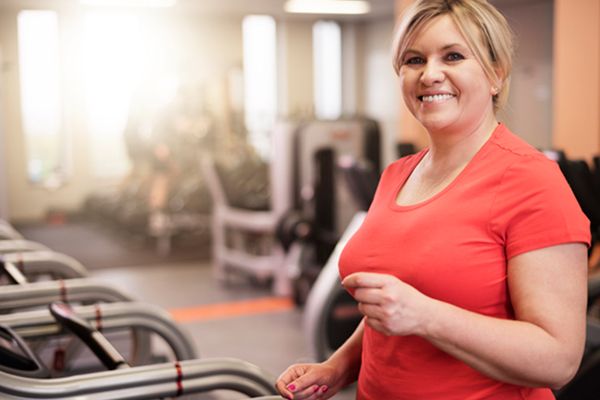



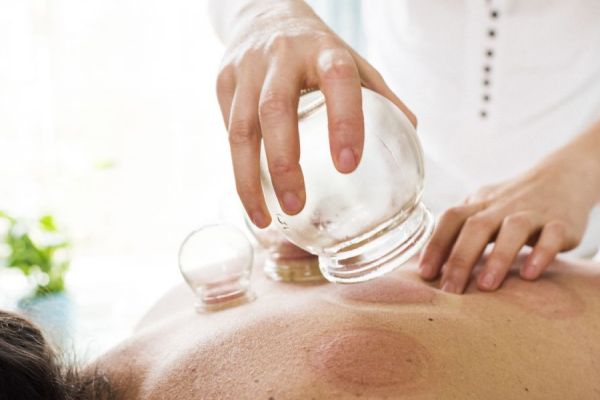
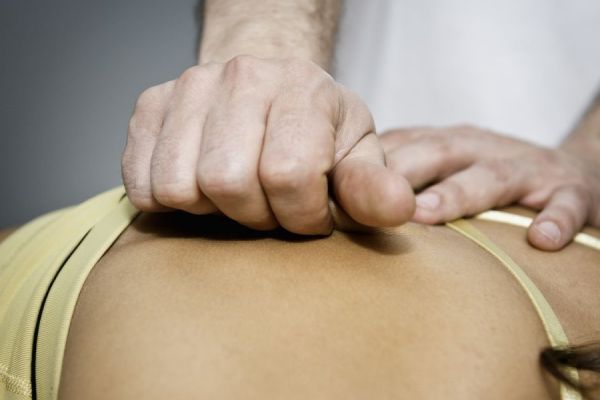








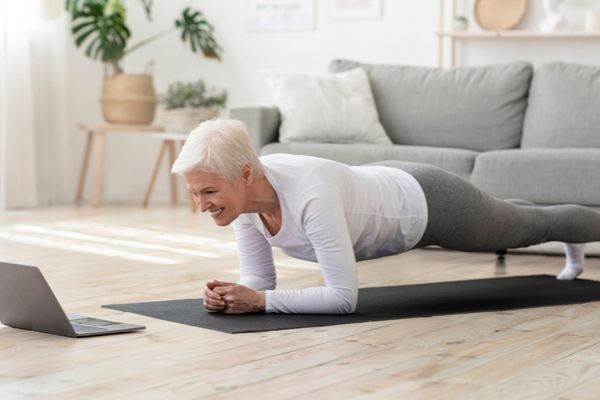


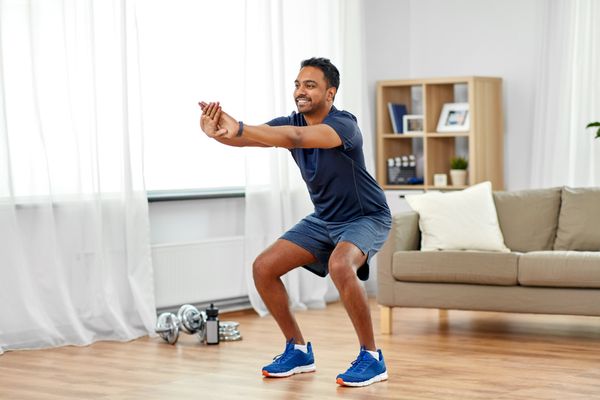

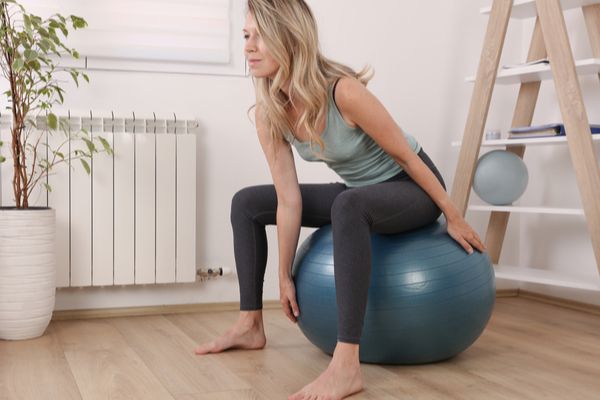




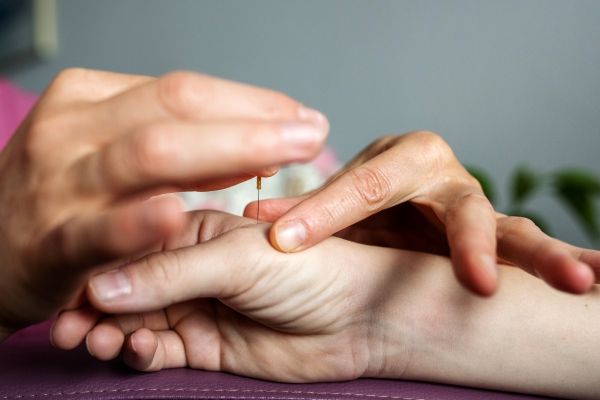




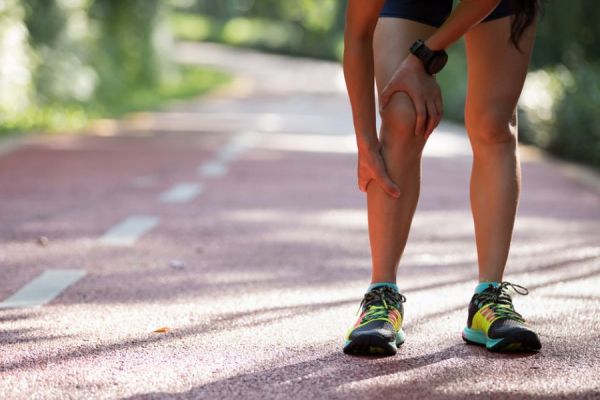
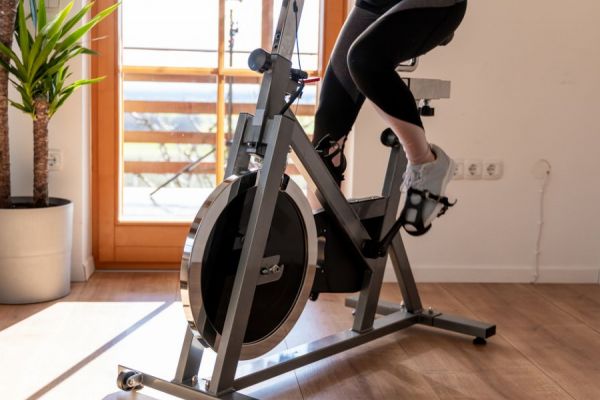





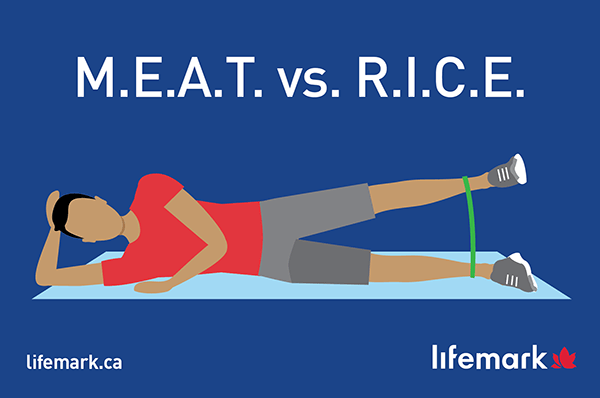


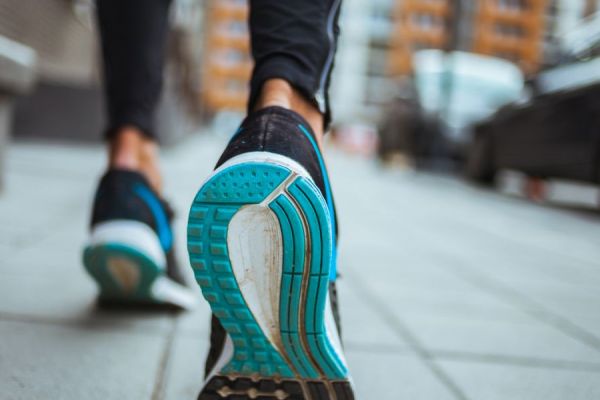









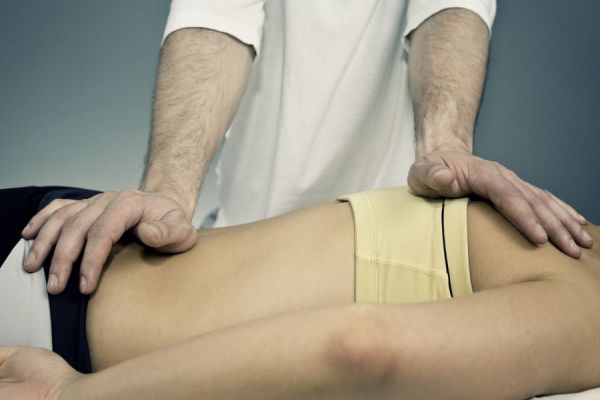




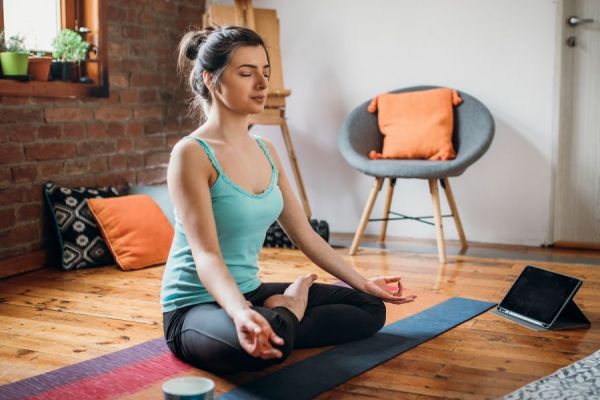






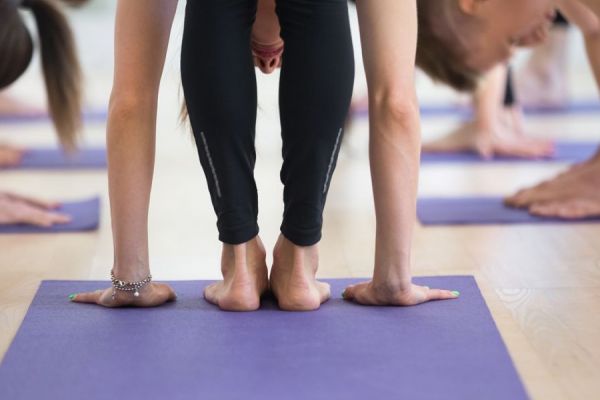






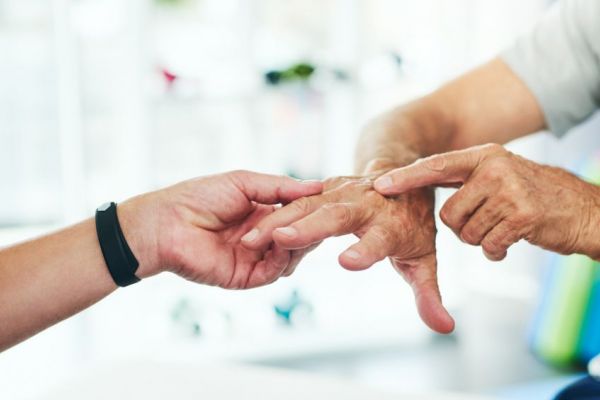













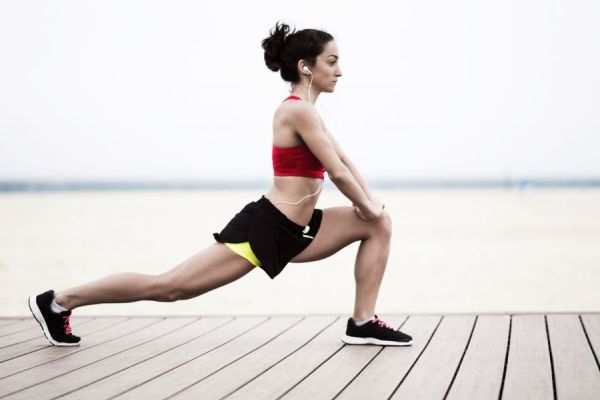
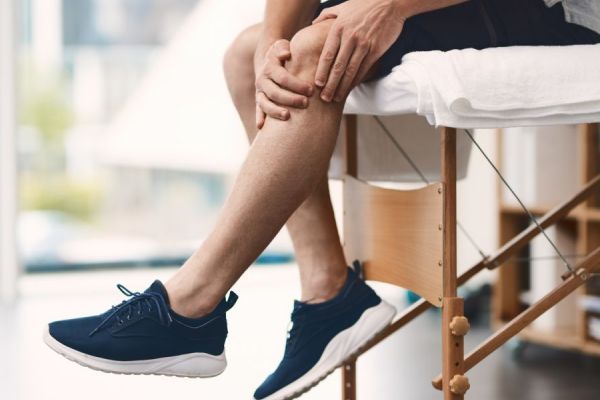


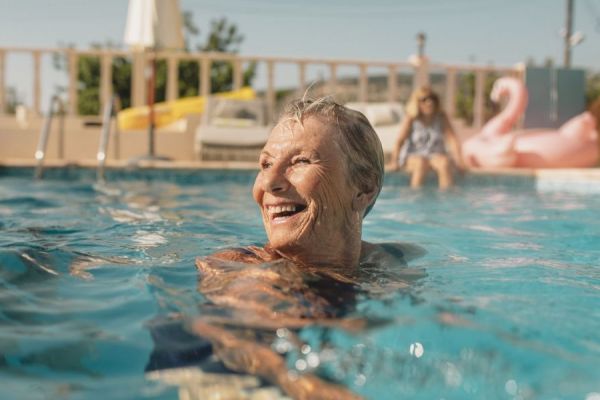





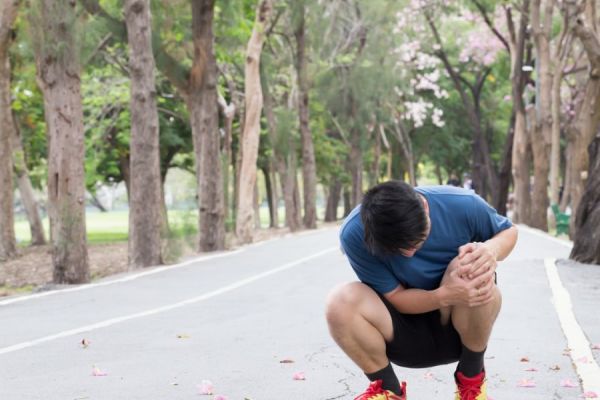








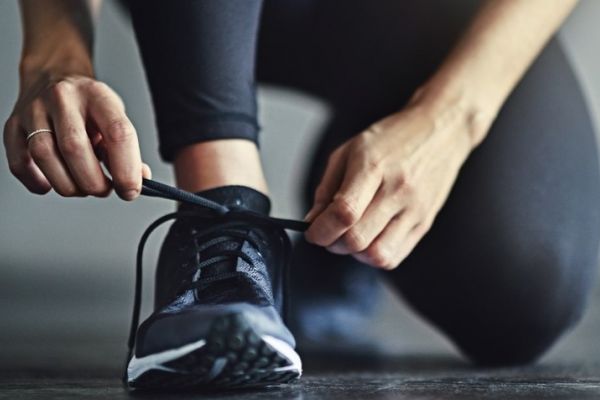




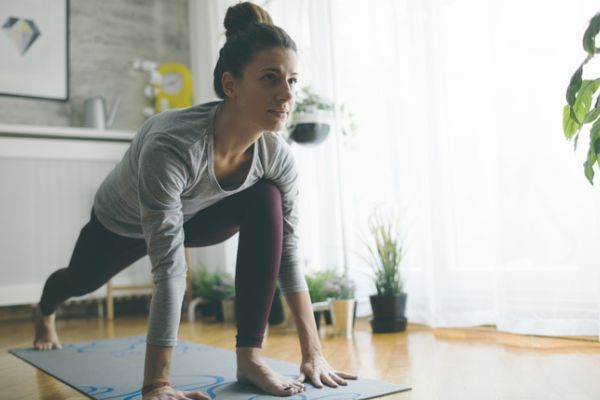
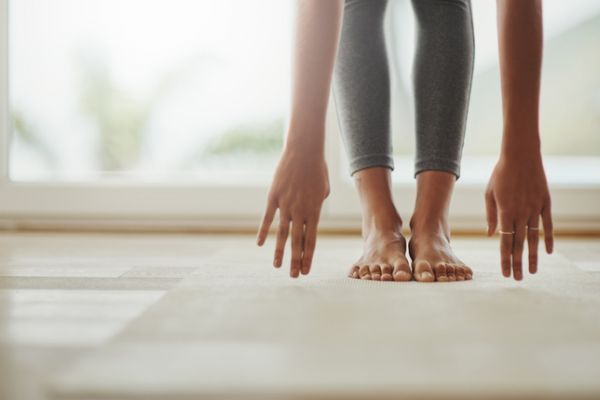

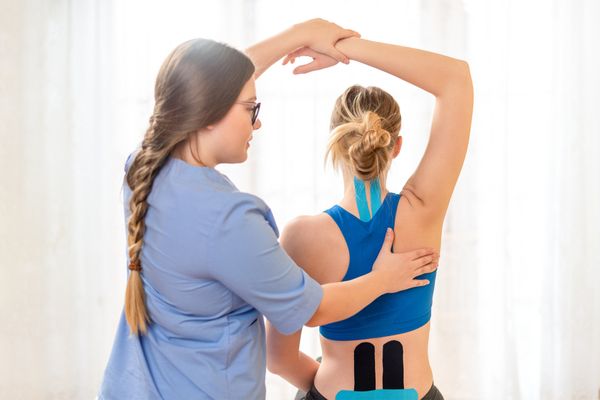

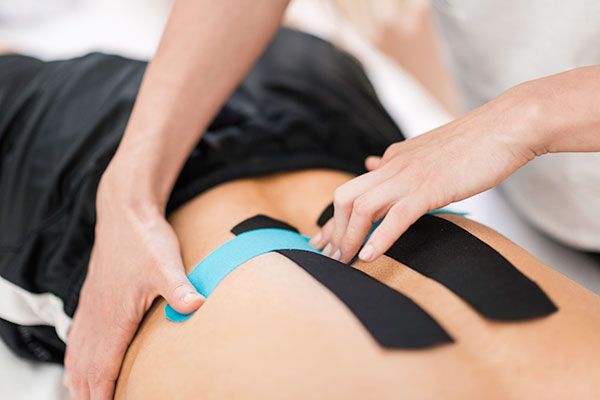








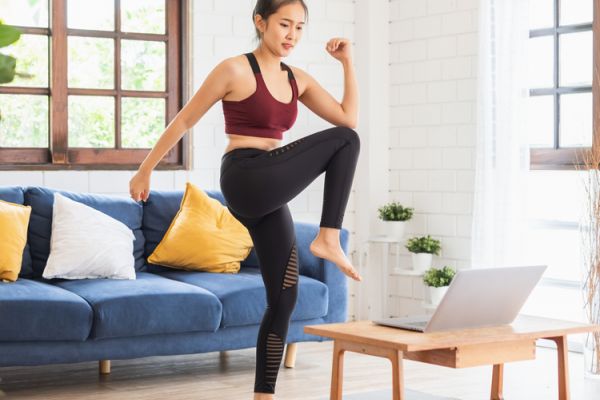

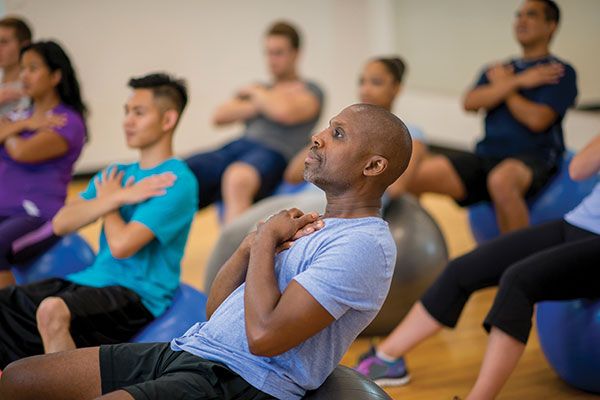

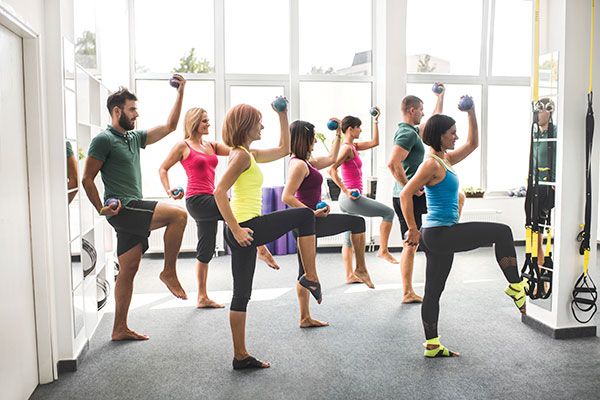




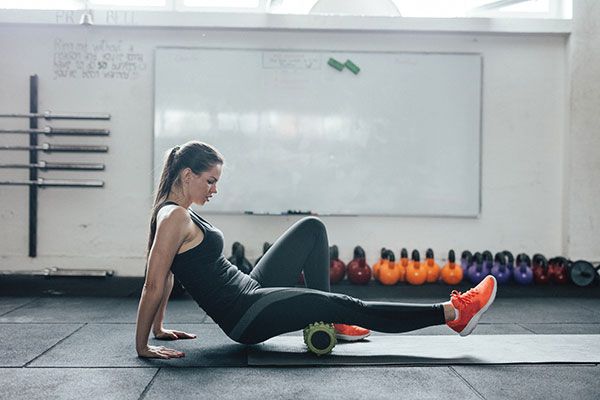











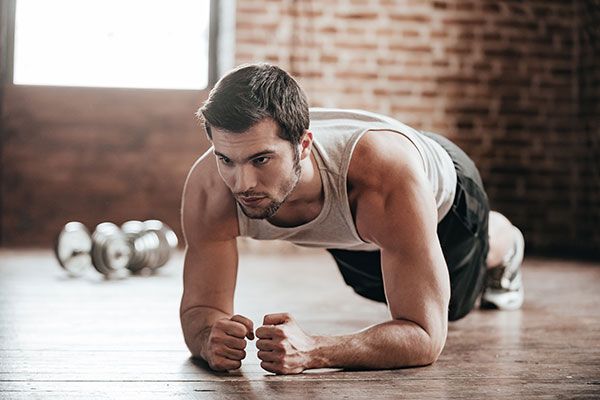

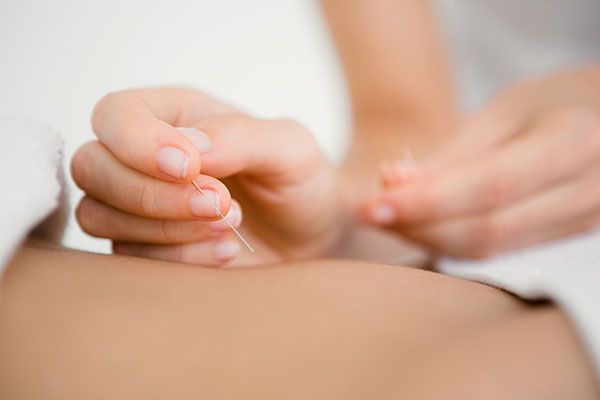




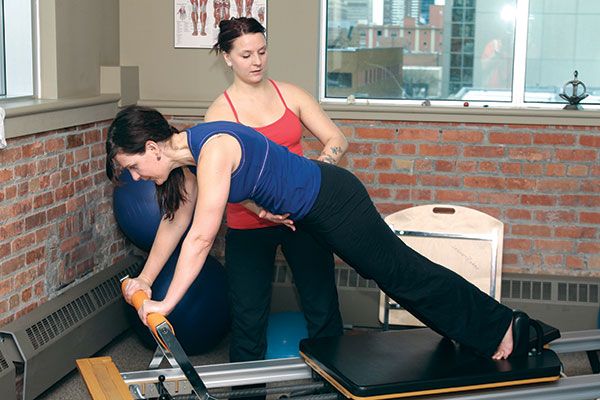

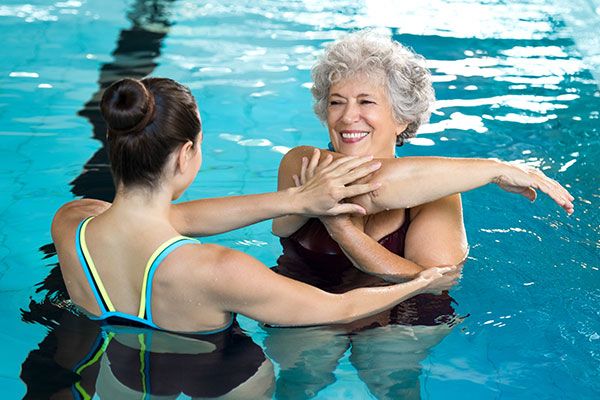



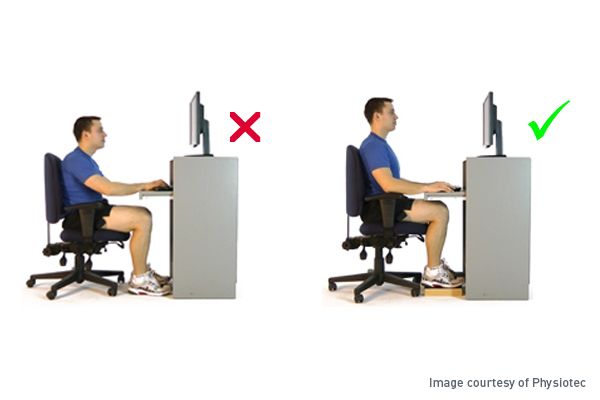
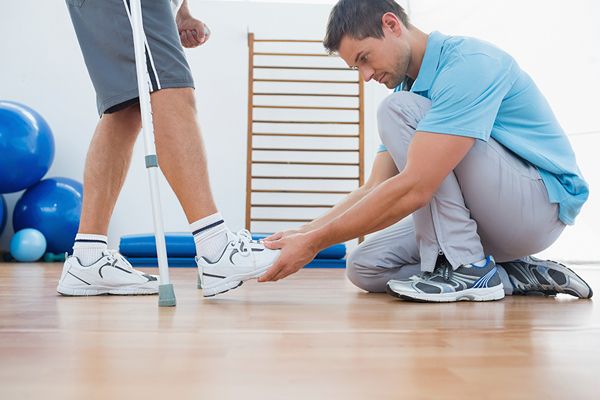

We can help you move and feel better.
Book an appointment today.